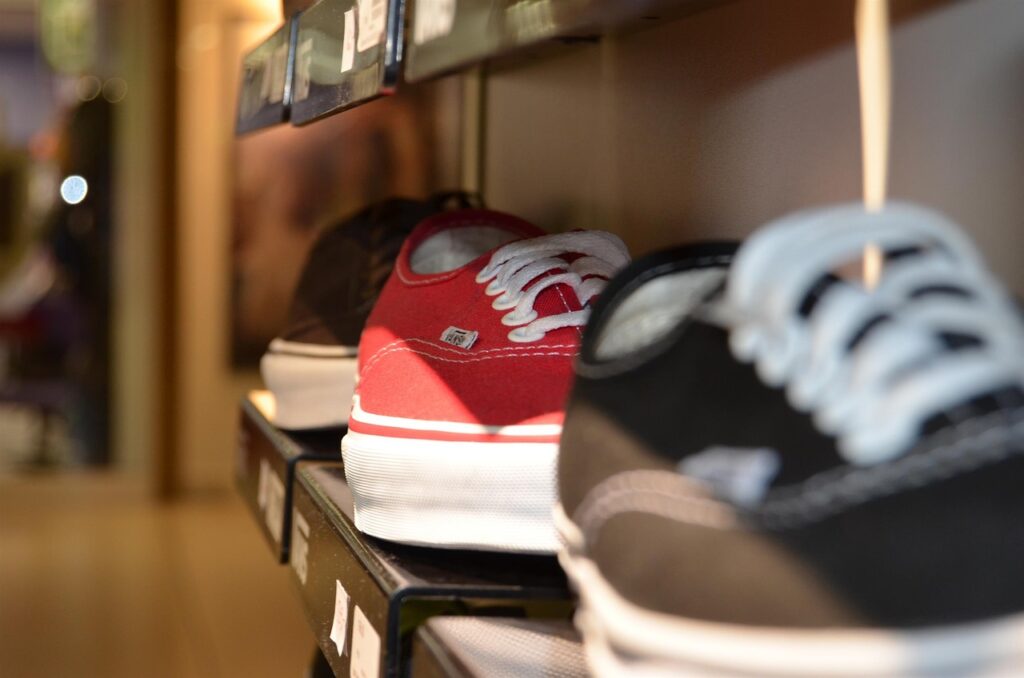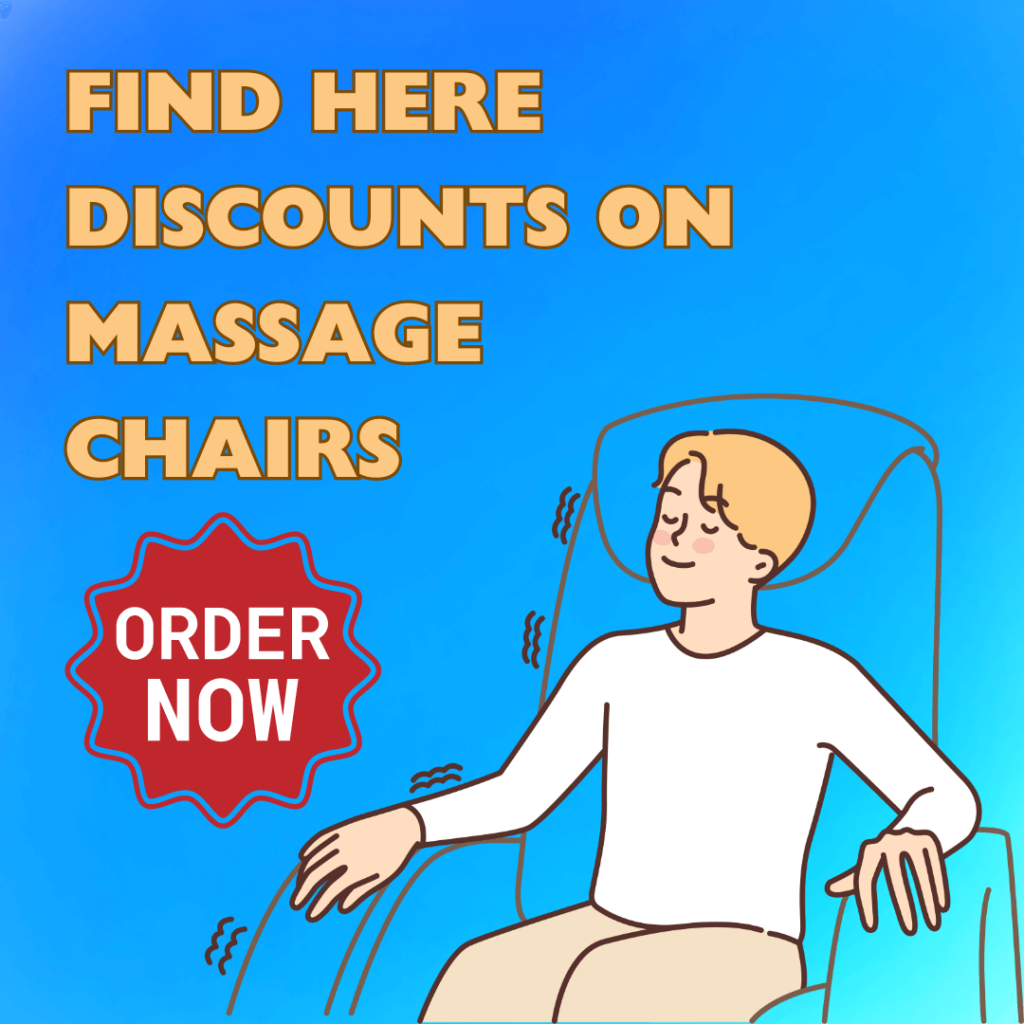
The shoes you wear affect how your feet feel and function. The wrong shoe can cause foot problems over time.
When trying on shoes, look for a shoe that covers your entire foot outline, leaving about half an inch between the end of your longest toe and the front of the shoe. Also, shop later in the day when feet are a bit larger.
Comfort
Shoe comfort is essential for healthy feet and a balanced body. Shoes provide support, cushioning and stability to the foot and ankle, protecting bones and soft tissues. Wearing the wrong shoes can cause foot and heel pain. It is important to get your feet measured regularly to ensure you have the right shoe size. It is common for one foot to be larger than the other, and foot size can change as you age.
When trying on shoes, look for proper fit – there should be about half an inch of space between the end of your longest toe and the edge of the shoe. Make sure the shoes feel comfortable when standing, walking and running around. Shop for shoes at the end of the day – feet swell as you use them throughout the day.
Fit
Getting the right fit is critical. Shoes that are too tight are uncomfortable and can cause blisters. Shoes that are too loose can rub against the sides of your feet, causing painful calluses.
Get your feet measured at a shoe store, and don’t rely on the size of your foot marked inside the shoes. Size varies between manufacturers and even within a brand.
Find a good shoe store with knowledgeable staff who know their stuff about running shoes. They should be able to explain the differences between running and walking shoes and what type of cushioning is best for your feet. They can also explain the difference between a rigid sole and a softer one, which will help with support and protection against shock.
Style
In addition to looking good with your outfit, you want shoes that feel comfortable and fit well. The best way to do this is by visiting a multi-brand running store with interested staff that can help you find the right shoe for your feet.
Remember to bring an outline of your foot to the shoe store and try on shoes that match this outline. The shoes should also provide enough space for your toes to have a thumb’s width of space between them and the shoe’s edge.
Be aware that one foot is usually larger than the other, so make sure that you get a shoe that fits your largest foot. And always get your feet measured because the size varies from brand to brand.
Material
When shopping for shoes, make sure to look at the material and lining. They should be soft and breathable to let the feet breathe. They should be strong enough to protect the foot from anything sharp and provide adequate grip. When trying them on, make sure there is room for the longest toe, with about a thumb’s width of space between it and the end of the shoe.
Choosing the right shoes can help prevent foot health issues like bunions, plantar fasciitis and poor posture. In addition, proper footwear can reduce exercise-related injuries such as shin splints and runner’s knee. In addition to selecting the right shoe, a proactive program of strength training and recovery using myofascial rolling can improve your overall foot health.
Activity
Different shoes are designed for different activities. Using the same shoe for multiple activities can cause foot problems such as shin splints or plantar fasciitis. Shoes for walking, running, hiking, tennis, golf, soccer and other sports are specialized in design, material and weight to best protect feet from the stresses of the activity.
When choosing a shoe, look at the product details, which can be found on the box or near where the shoe is being displayed. The product details will list many features that can help you choose the right shoe. Also, hold the shoe gently in your hand and see how it feels. Does it bend easily? If it does, it is too soft and will not provide good support. The right shoe will feel firm and comfortable, but not hard or stiff.





